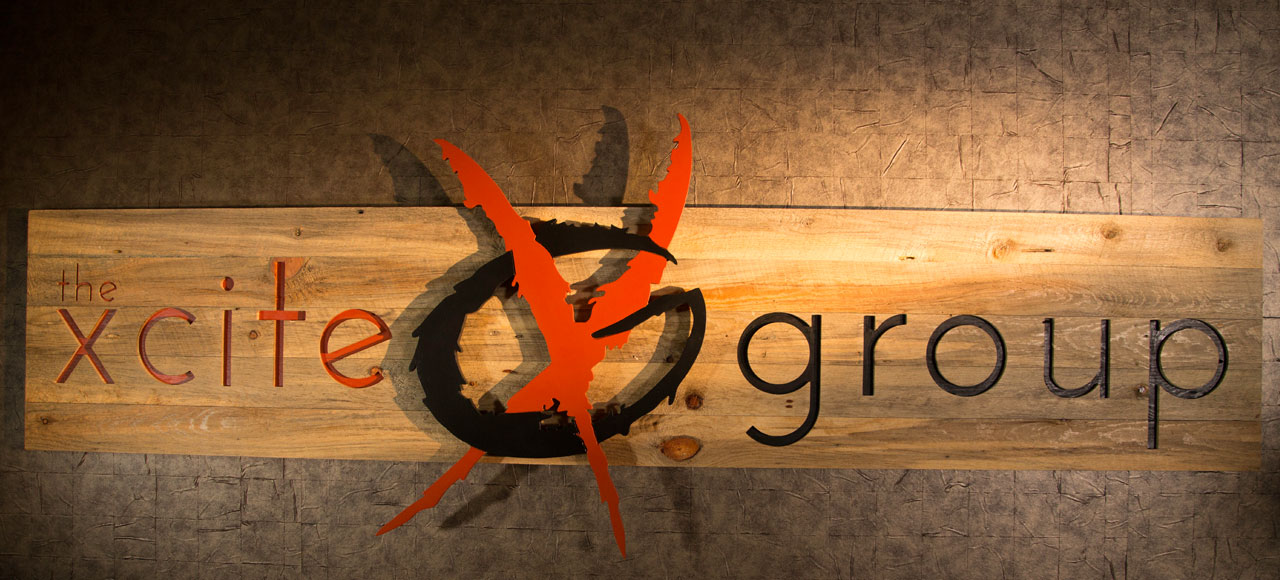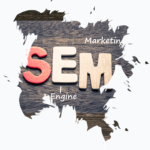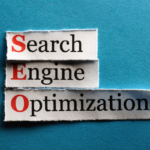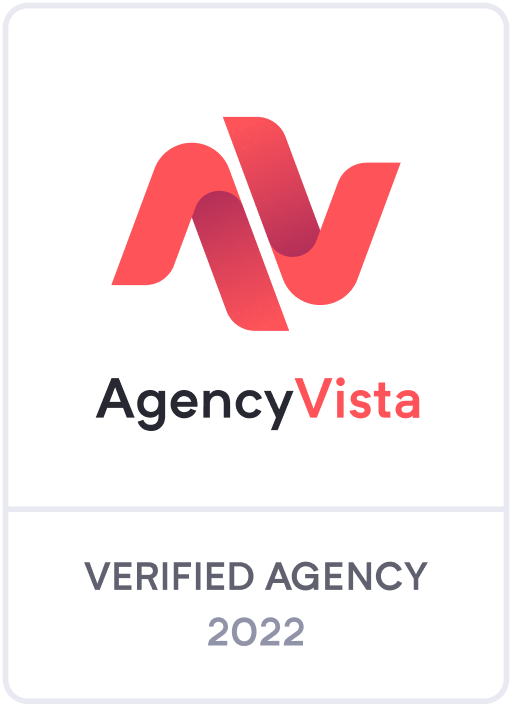Deciding to redo or create a new website is a big step for any business but is essential for the growth of your company. Besides deciding to take this next step and investing in it, there are multiple things to consider and put into place before the process of building your new website begins.
Below we have compiled a list of the 8 things to consider before investing in a website design or redesign to help you along the journey to your new site!
1) Site Purpose
Like your business mission statement, a website’s purpose gives the primary reason for your site’s existence in the world and how it will help your potential customers find the information they are searching for. Whether for education, commerce, service promotion, etc., the main purpose of the site will ultimately inform design and content decisions along the way.
Tip: Answer these questions for yourself and your business: What actions will this audience want to perform when they visit your website? What actions does your organization want this audience to perform when they visit your website?
Be sure that your site’s purpose is solid before continuing to the next steps and re-visit your objectives during the design and content creation processes to ensure they are being met.
2) Target Audiences
A question that should always be asked is, “Who is your target audience?” While you may think “everyone” should be your target audience, it’s a simple fact that you cannot design with “everyone” in mind. If you identify and design to your top two audiences, the site is more likely to accomplish your company’s goals.
Tip: If you haven’t defined your target audiences already, check out this article to begin the process.
3) Engaging Content
It is documented that people only read about 20-28% of the text on a web page. Hence the shift to shorter blocks of text, lots of photos, and the use of multimedia on websites. This allows visitors to better retain your information and learn more about your brand and company online. Keep your information precise, relevant, and intertwined with other multimedia content.
Tip: When writing or editing the content for your site, always keep your company’s mission and purpose in mind. This will show brand clarity and will give a “voice” to your business that your audience will recognize when seeing your website, social media posts, and emails.
4) Features
Features are the elements that make a site dynamic and interesting. These things include buttons, online forms, embedded videos or podcasts, online quizzes, social media, and integrations. It’s important to figure out what is important for your company to showcase. While in the development process, these features are important to know beforehand so they can be properly integrated into your site, not just a sloppy add-on at the end.
Tip: Make a list of the different features you will need on your website. List all relevant forms, integrations, and add-ons like embedded quizzes, reports, or downloads.
5) Responsive and Mobile-friendly Design
Responsive design means that your website design will automatically resize to fit the screen size on which it’s being viewed. Unfortunately, it can be difficult to retrofit an existing site with responsiveness; and it’s mostly more cost-effective to do a complete redesign. The days of two separate websites – one for viewing on a monitor and one for viewing on a mobile device – are over.
Tip: Make sure that the company you choose to work with includes mobile optimization in your contract.
6) Search Engine Optimization (SEO)
48% of Internet users start their online experience through a search engine search. This means you’ll want to make sure your site is optimized for search and showing up in the right places. While there are companies that solely focus on SEO, there are steps that can be taken while building your website to ensure it will perform well and has a solid foundation to build from.
Tip: You can use Google Search Console to look up your own search ranking to build on and if you don’t have any data, you can use a paid site like MOZ to research what SEO keywords your competitors are going after so you can start to compete in those areas.
7) Accessibility
The American Disabilities Act (ADA) now extends to website compliance through WCAG, an internationally recognized set of guidelines for digital accessibility. It’s important for all websites to be accessible, for the sake of inclusion and to avoid unintended lawsuits against your company.
Tip: Make sure that the development company you work with is considerate of accessibility and has the tools to comply with the WCAG regulations.
8) Site Maintenance
There are two main costs associated with a website design project: the cost of site design/development, and the ongoing site maintenance. Like any part of your business, things change, content needs to be updated, and this should be properly reflected on your website. Some businesses choose to hire someone in-house to manage this task but other companies will hire an agency to make sure all its features are up to date. This also varies greatly on what type of backend software is used to build your website.
Tip: Make sure you understand what is involved in updating your website and if your developer is using a user-friendly system, like WordPress, or if it is code based and will need a backend developer making the updates.
If you have any more questions before you start the process, feel free to reach out! You can also check out this article how to choose a web design agency from our friends at DesignRush.





 8055 E Tufts Ave Ste 240
8055 E Tufts Ave Ste 240




